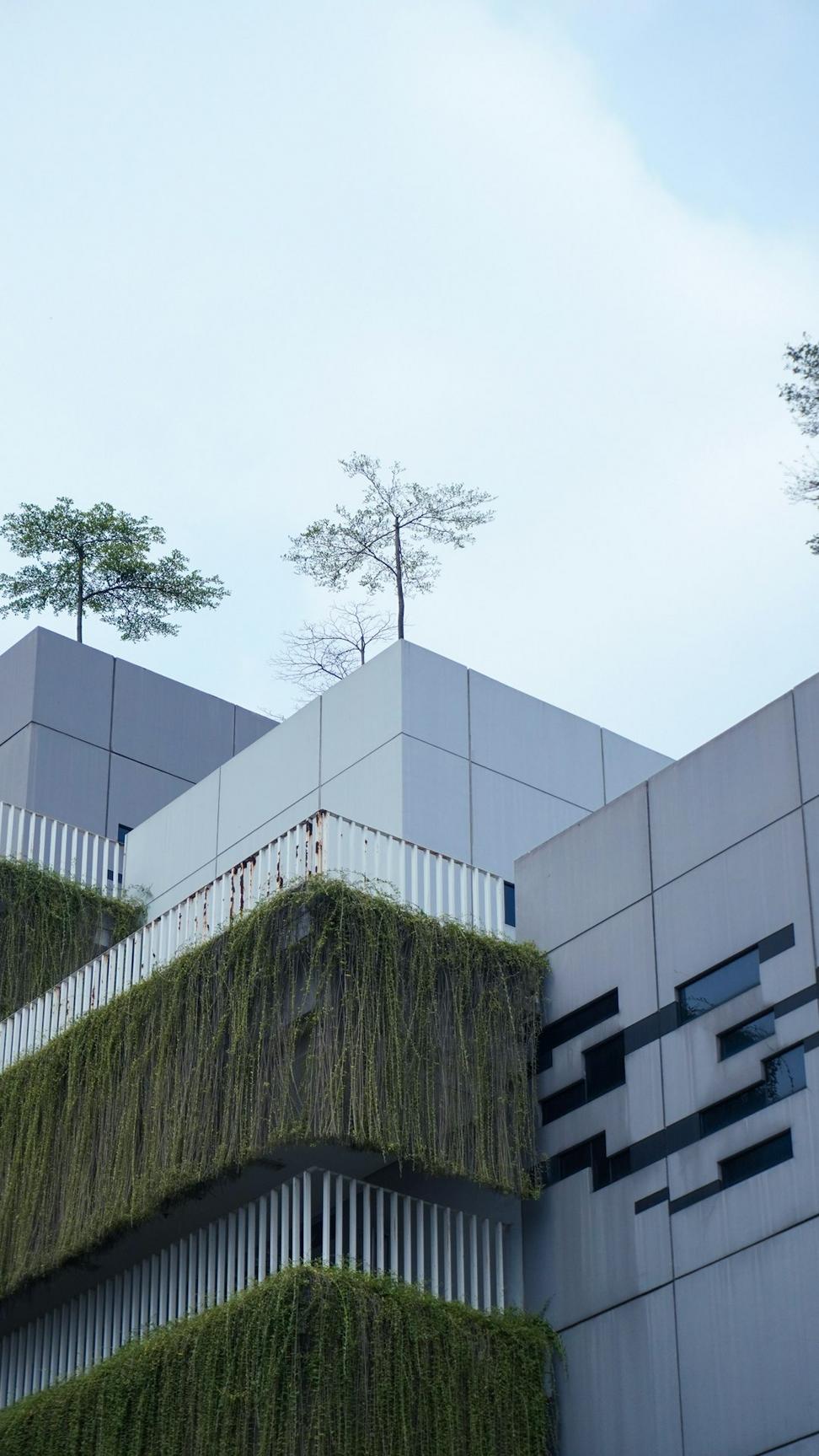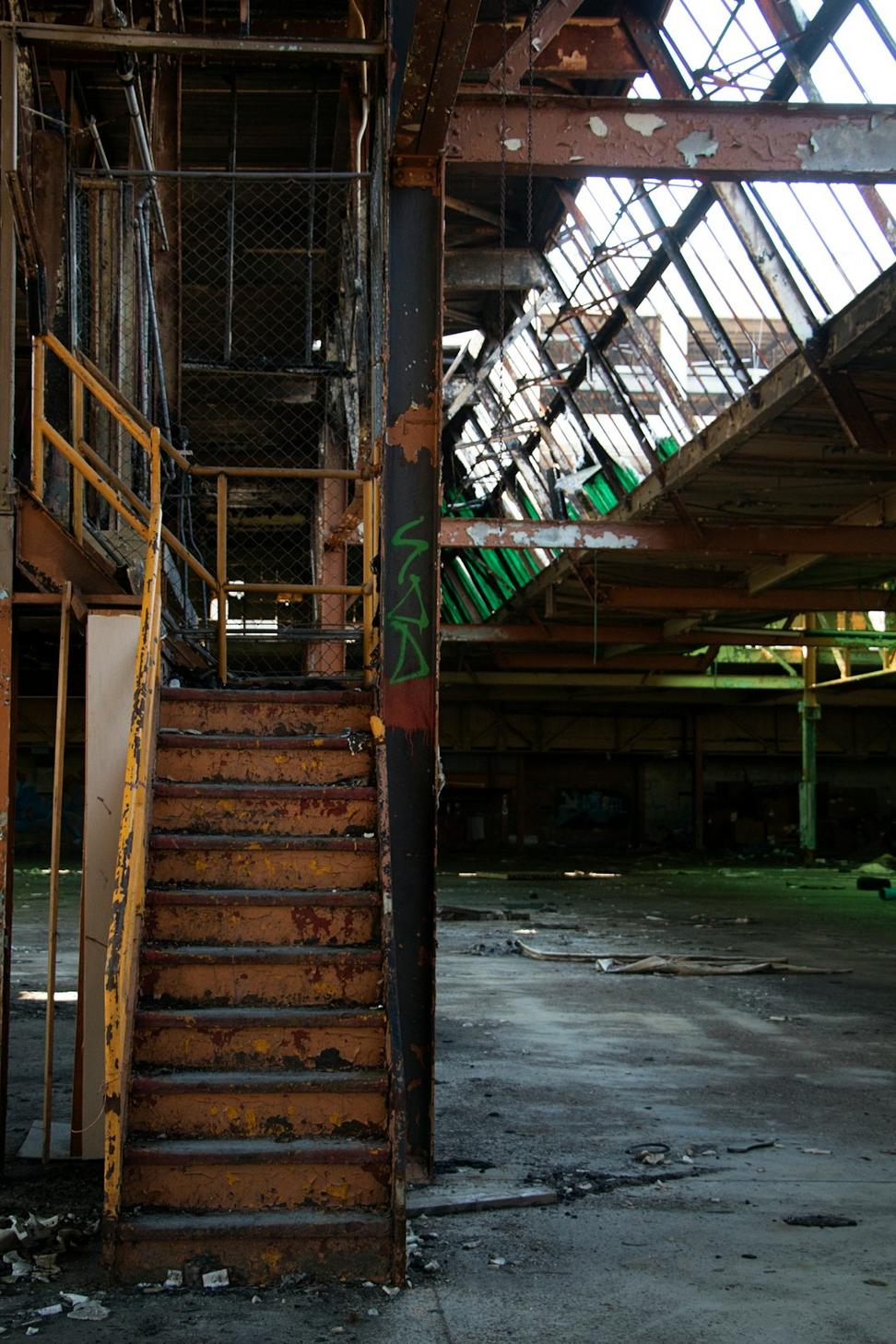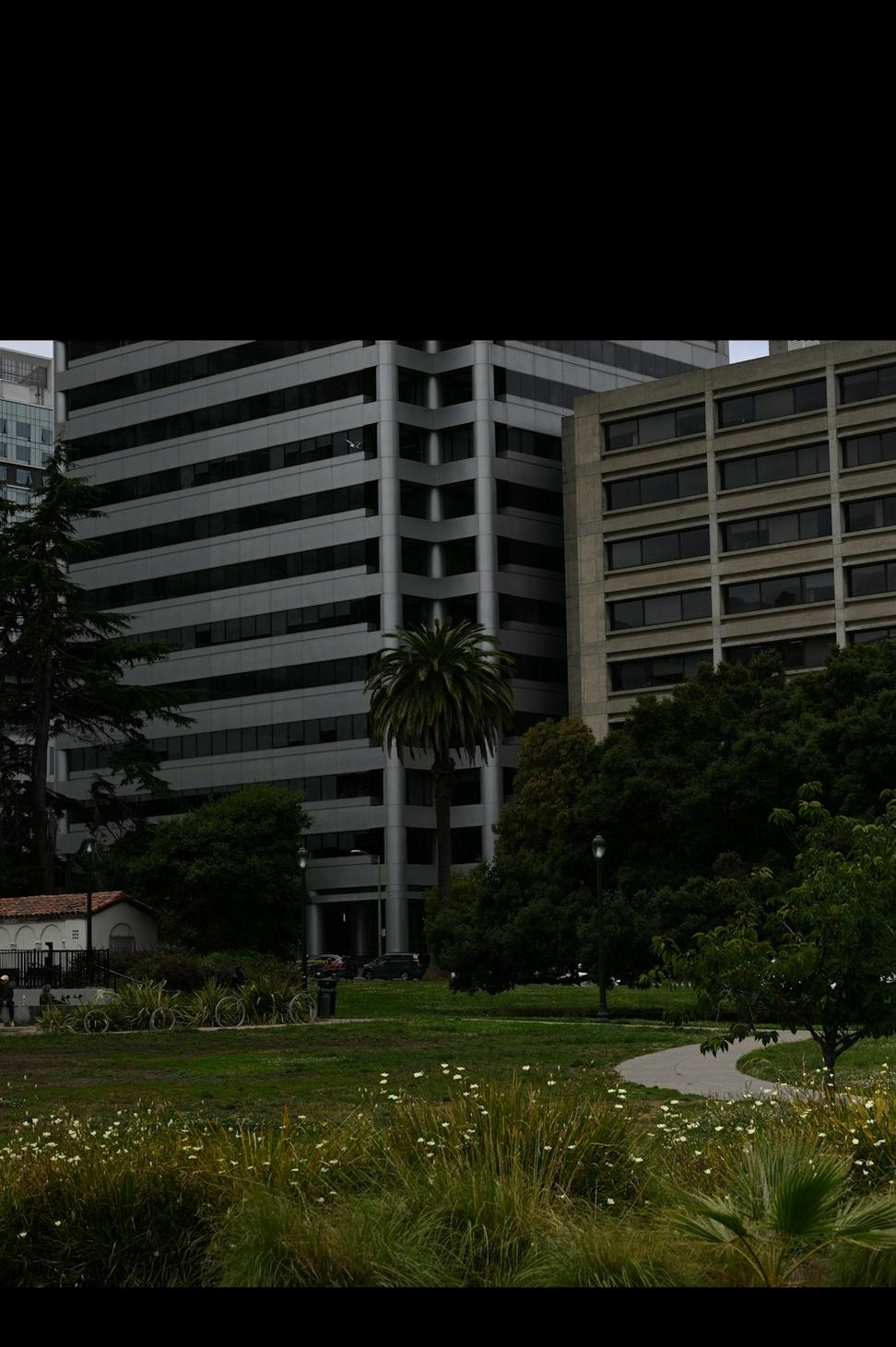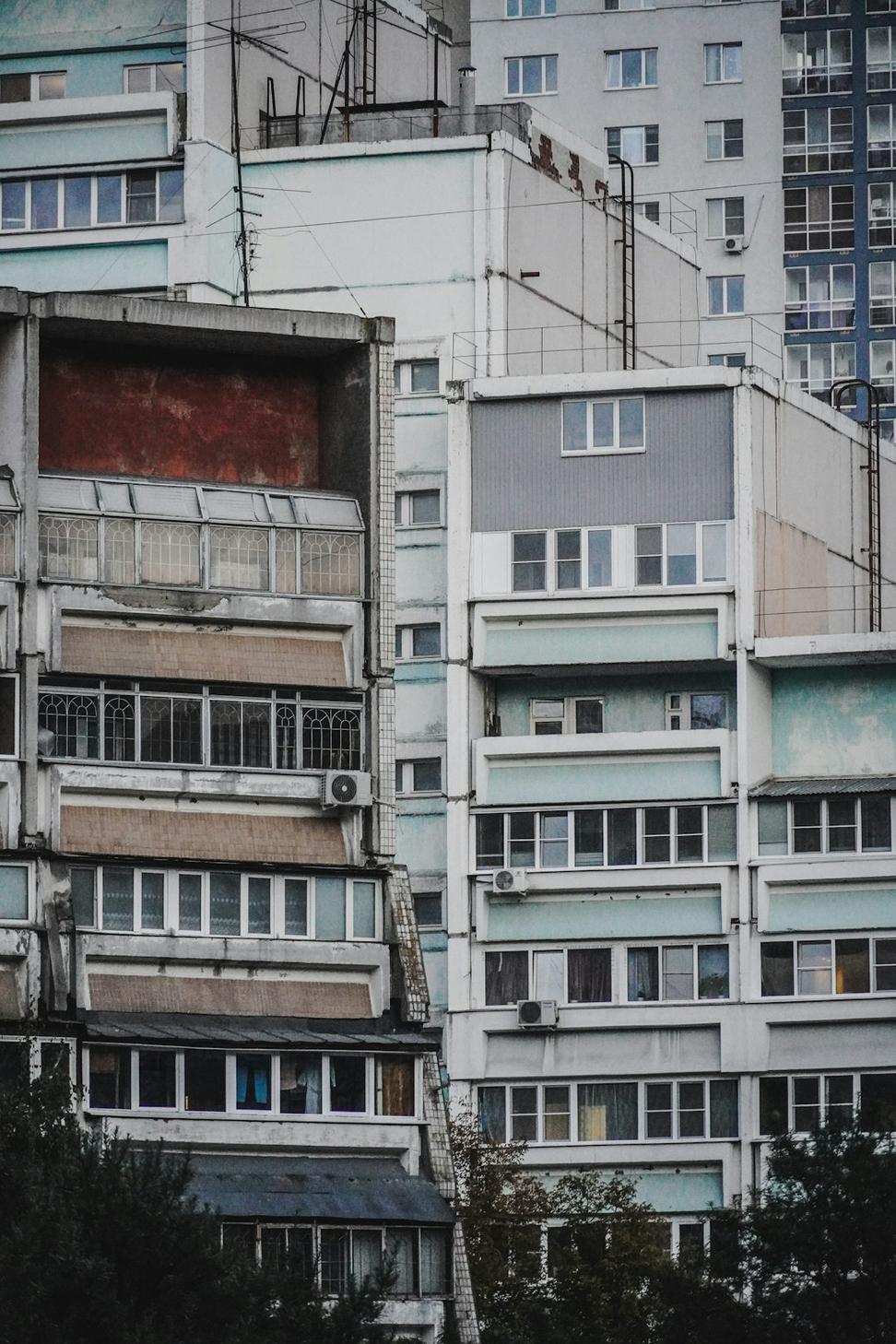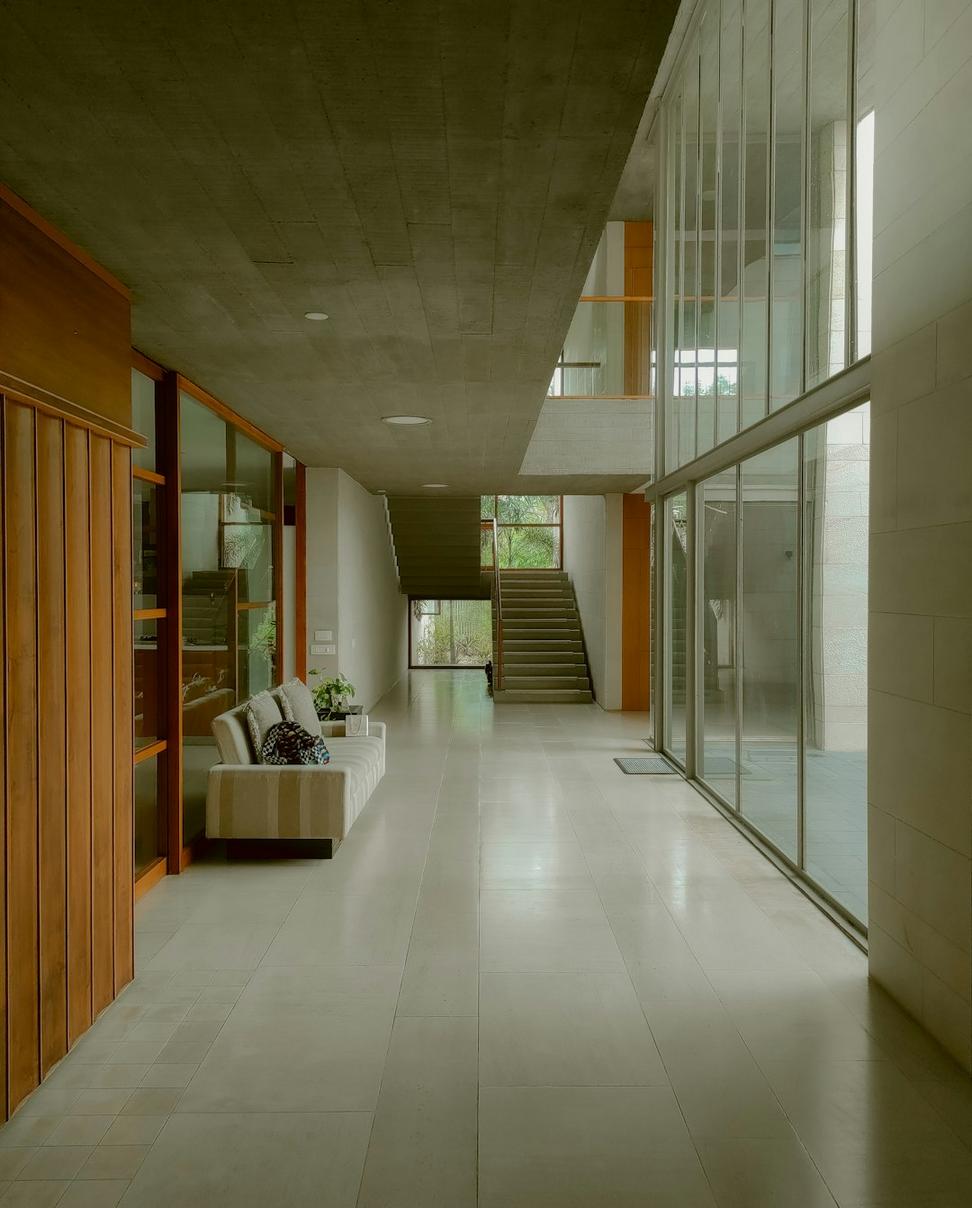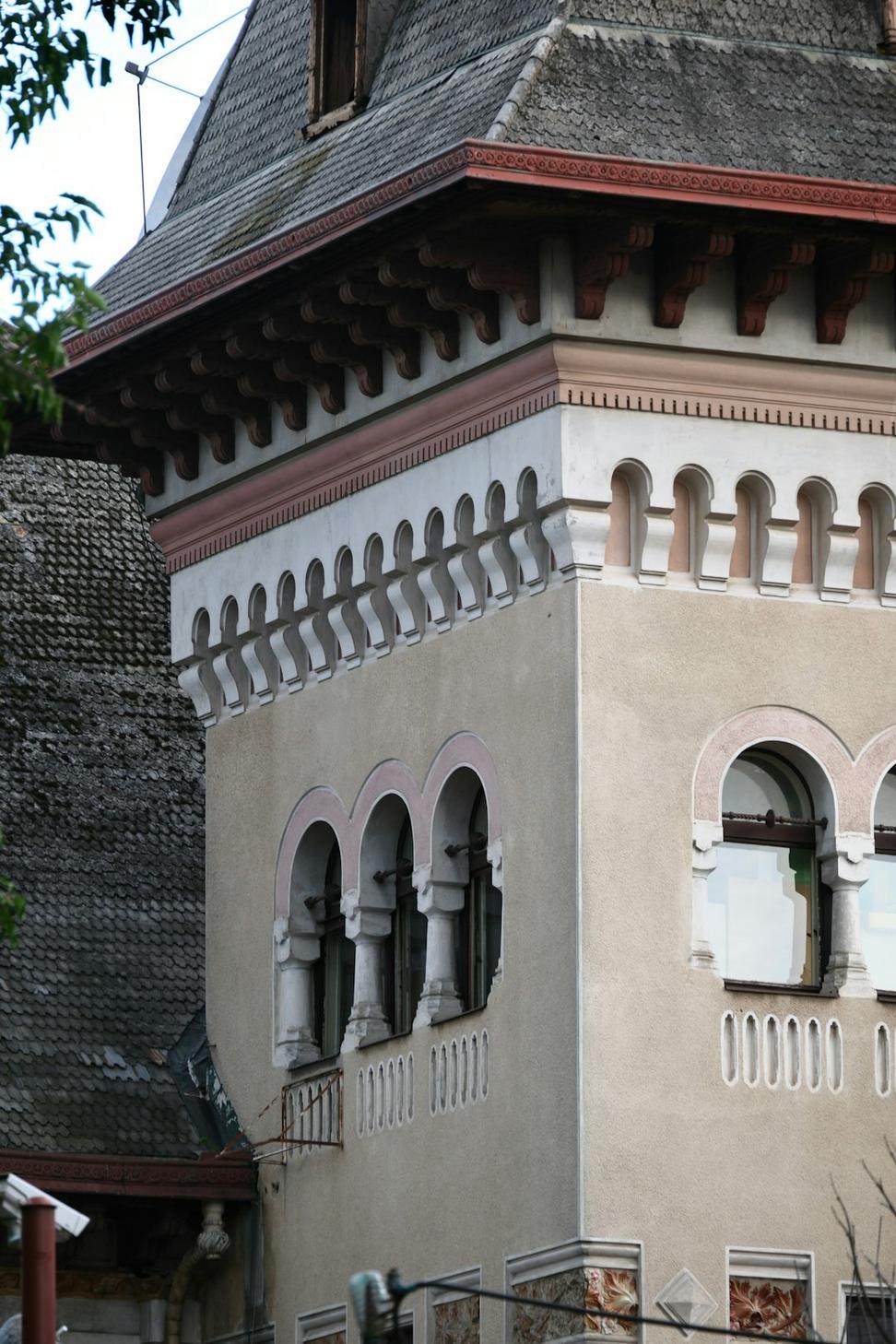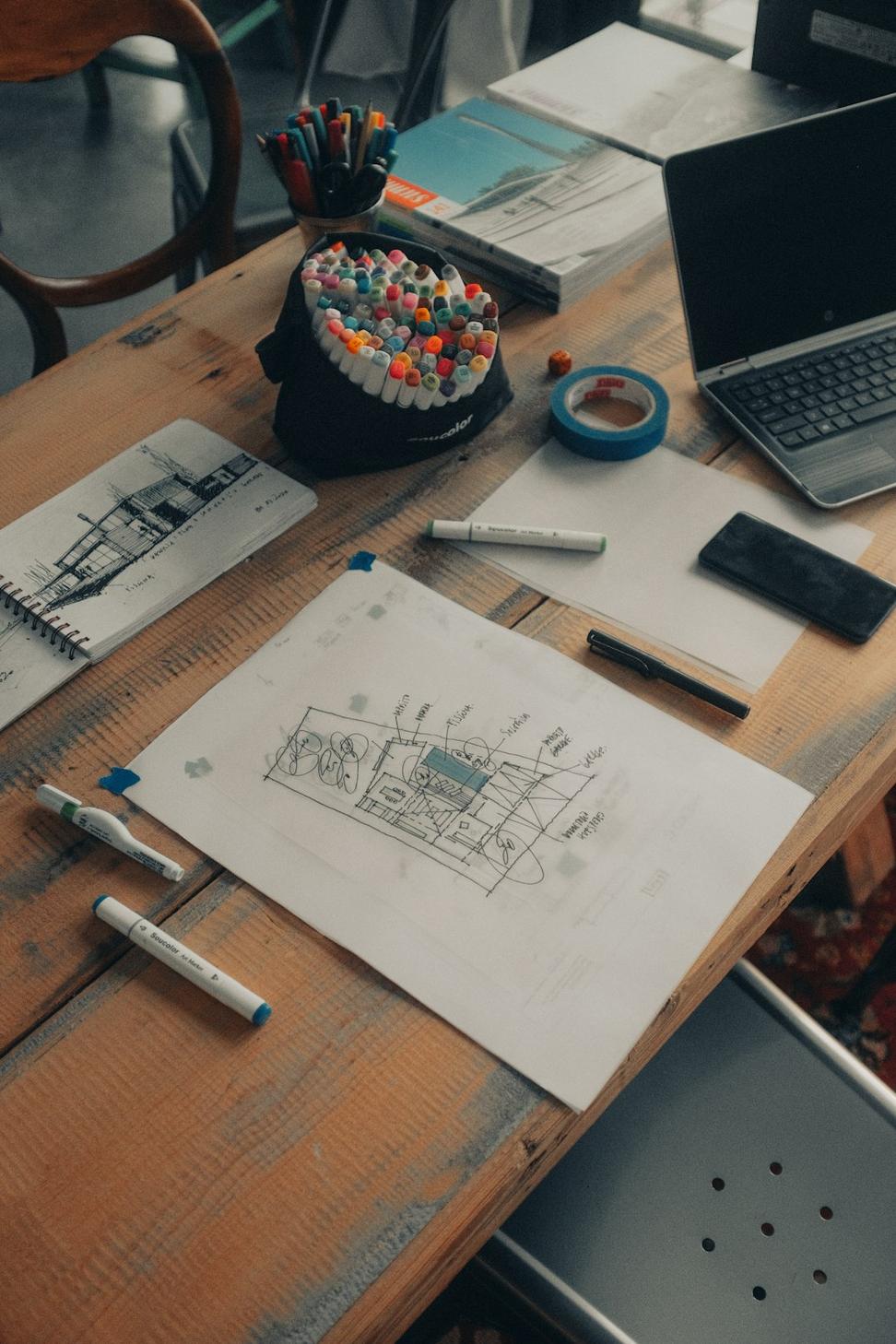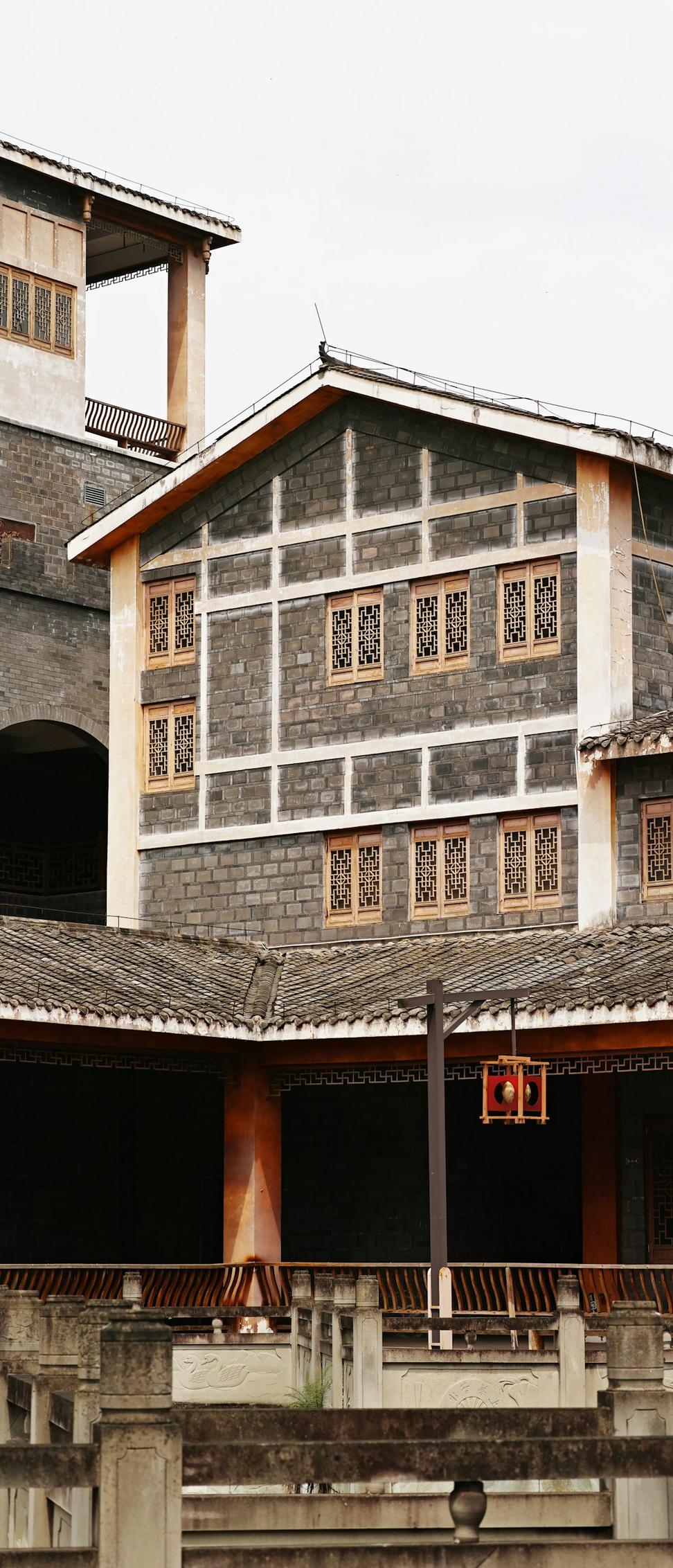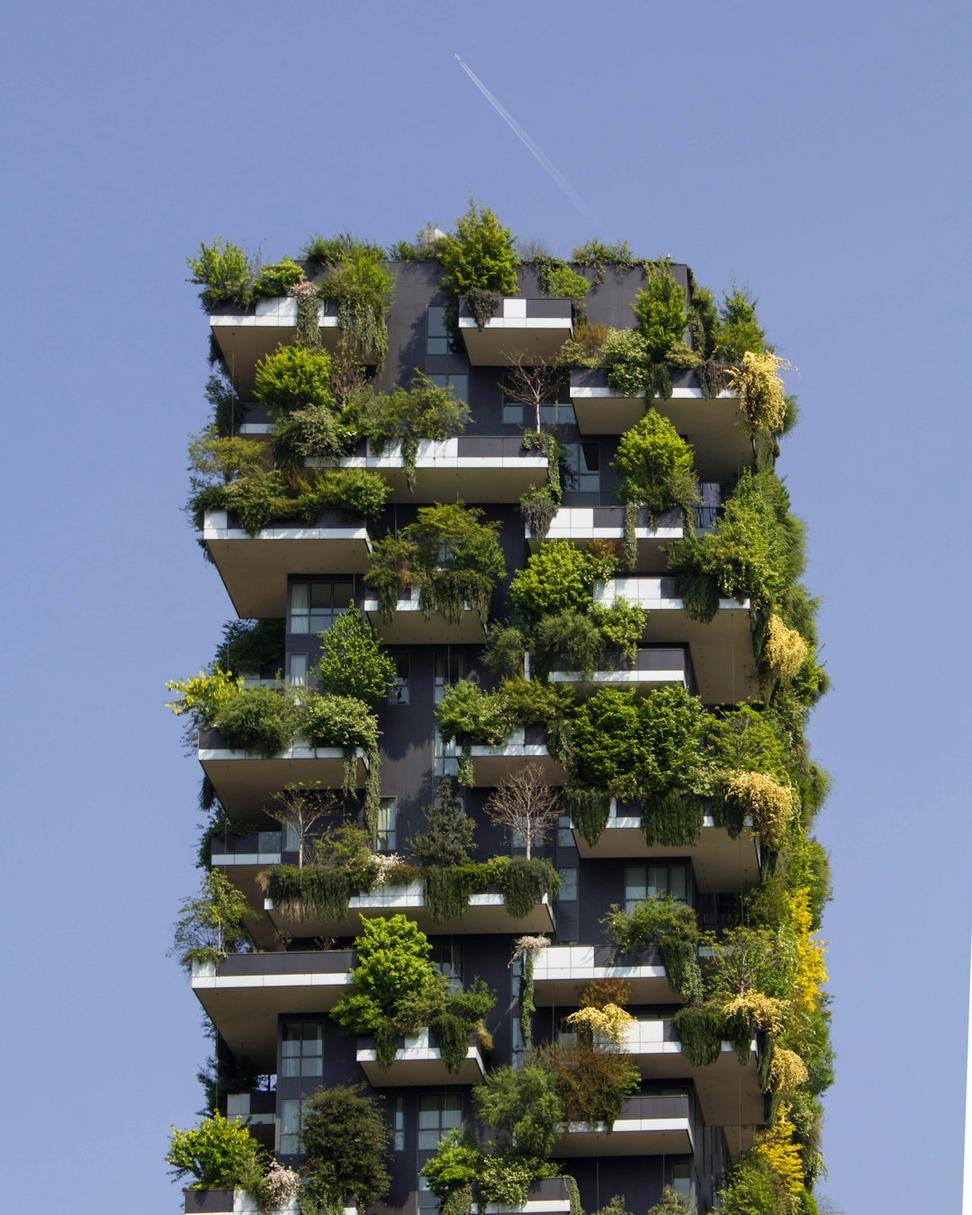Building Green, Building Smart
Look, we're not gonna sugarcoat it - the planet's getting warmer and buildings are a huge part of the problem. That's why we've spent the last decade figuring out how to create spaces that actually give back instead of just taking.
